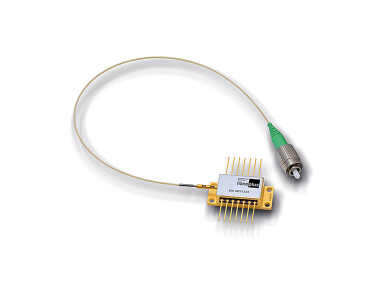Environmental Laboratory
The Chemistry of PCDDs: Composition and Structure
Apr 13 2022
In the 19th century, as the science of chemistry blossomed in collaboration with modern industry, one of its crowning achievements was the invention of soda ash, or sodium carbonate, which became an essential ingredient in mass-produced laundry detergents, soaps, and glass. One of the most popular methods for making this versatile substance involved the derivation of sodium sulphate from sodium chloride, which reacted with coal and calcium carbonate to produce soda ash. The simplicity of this process – dubbed ‘the Leblanc process’ for its inventor, Nicolas Leblanc – ensured that it spread fast across the continent. But from 1848 onwards, German manufacturers began to regularly report that the process produced an unintended and unknown by-product: the first polychlorinated dibenzodioxin.
If, in the far-flung future, millennia beyond the rule of Homo sapiens, some post-human geologist was to set about dividing up the epochs of the Earth, the presence of PCDDs in sediment-layers, which sky-rocketed between 1840 and 1990, will be a bright line differentiating our current era from the rest. But what exactly are these compounds that could be our species’ legacy?
Serving as the skeleton for all 75 congeners of polychlorinated dibenzodioxins is dibenzo-1,4-dioxin, two benzene rings linked by two oxygen atoms. Since benzene rings are planar and have, in this case, had chlorine-carbon bonds substituted for the typical hydrogen-carbon bonds, dibenzo-1,4-dioxin classifies as an aromatic diether, which indicates a significantly stable composition and structure. In particular, the di-oxygenated connective ring within dibenzo-1,4-dioxin adds stability to the flanking molecules of benzene. Using the IUPAC nomenclature, each of the 75 congeners is named according to the location of the chlorine atoms within the structure and these locants follow a standardised order, ranking between 1-4 for chlorine-carbon bonds in the first ring and 6-8 in the second (within each range, numbering adheres to the usual conventions for locants in IUPAC nomenclature).
If you’re in need of technical guidance for the extraction of organic pollutants, including PCDDs, from environmental samples, follow the link to reveal an e-Learning on the topic.
Digital Edition
AET 28.4 Oct/Nov 2024
November 2024
Gas Detection - Go from lagging to leading: why investment in gas detection makes sense Air Monitoring - Swirl and vortex meters will aid green hydrogen production - Beyond the Stack: Emi...
View all digital editions
Events
Nov 26 2024 Paris, France
Nov 27 2024 Istanbul, Turkey
H2O Accadueo International Water Exhibition
Nov 27 2024 Bari, Italy
Biogas Convention & Trade Fair 2024
Nov 27 2024 Hanover, Germany
Dec 02 2024 London, UK












.jpg)






